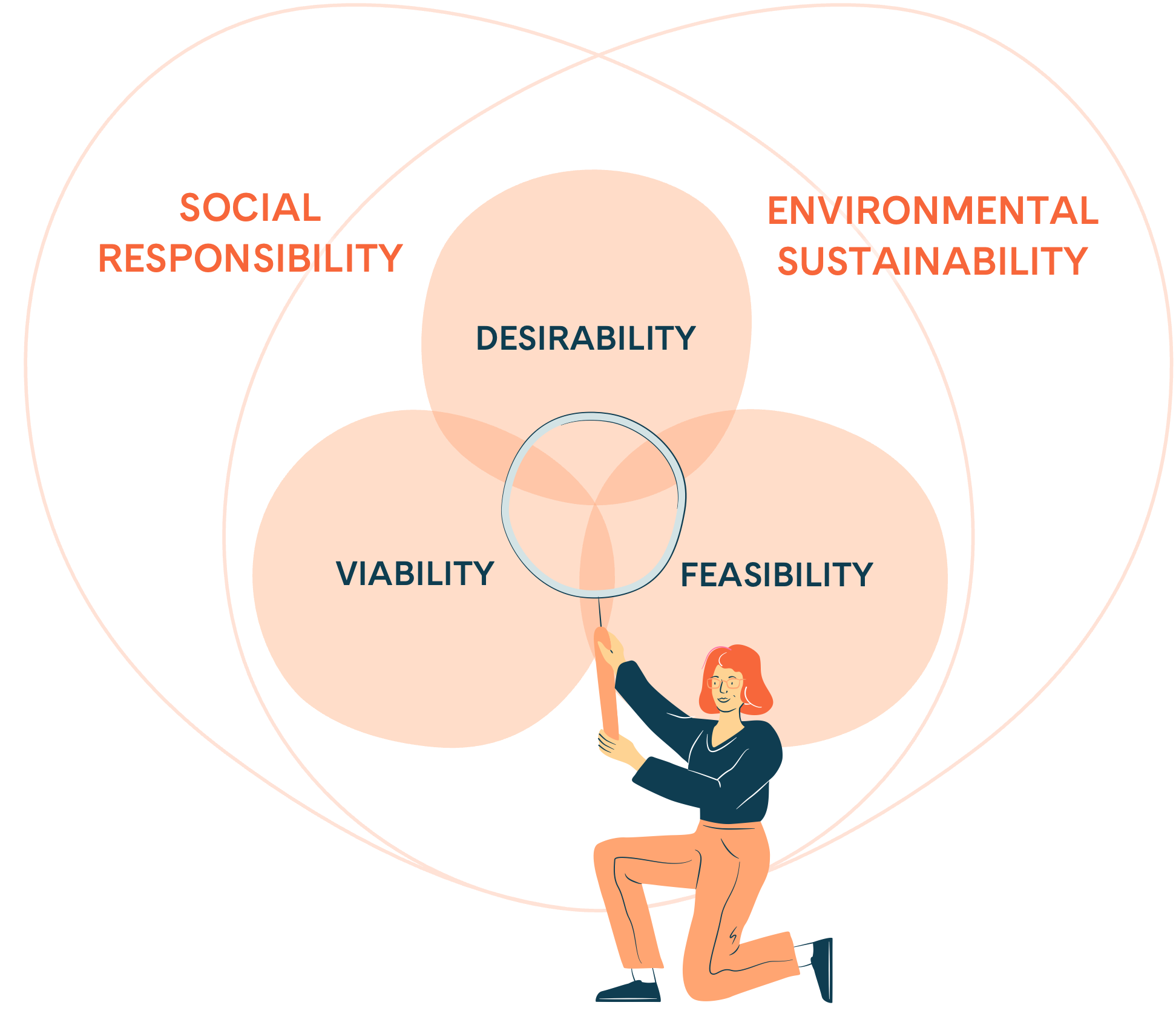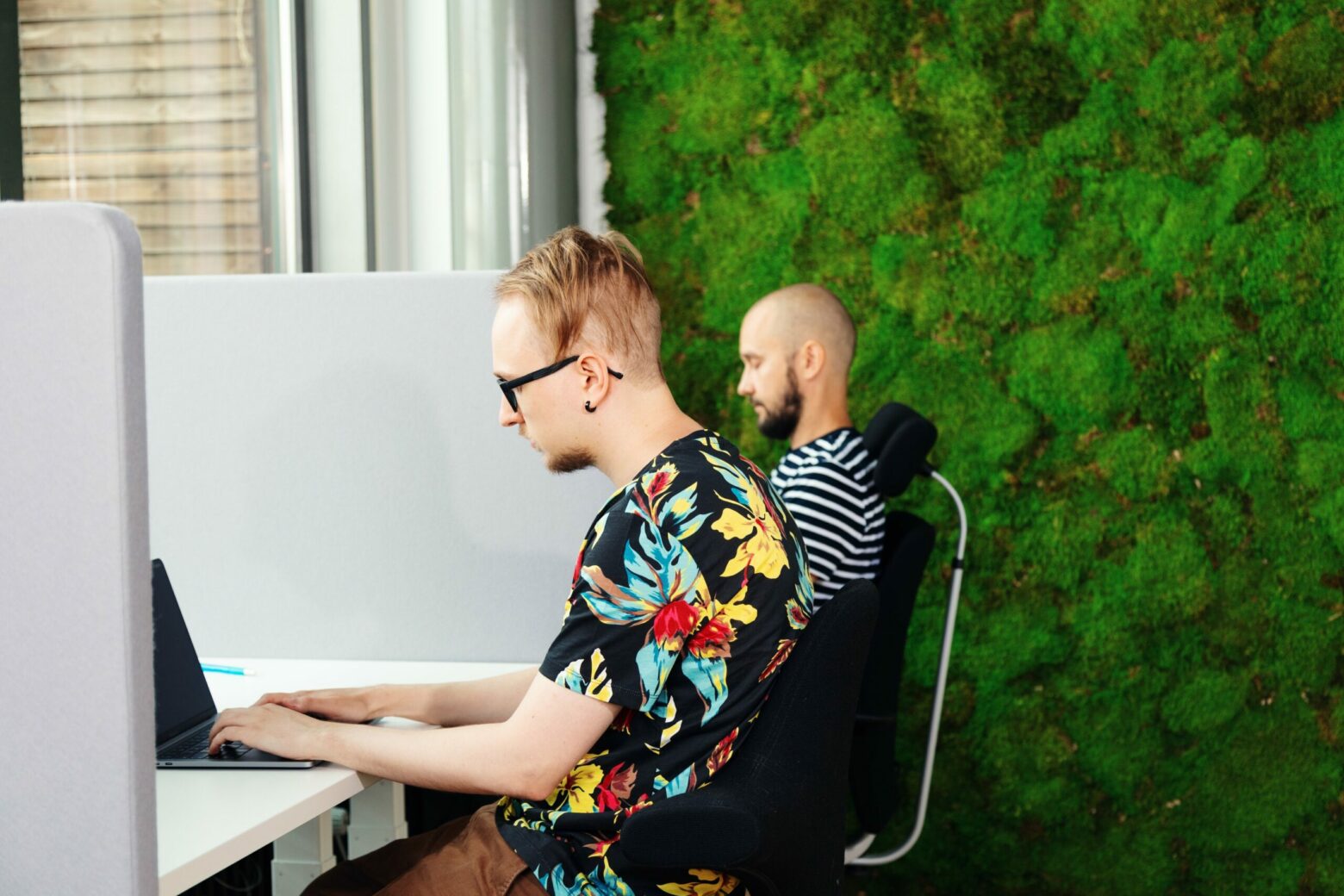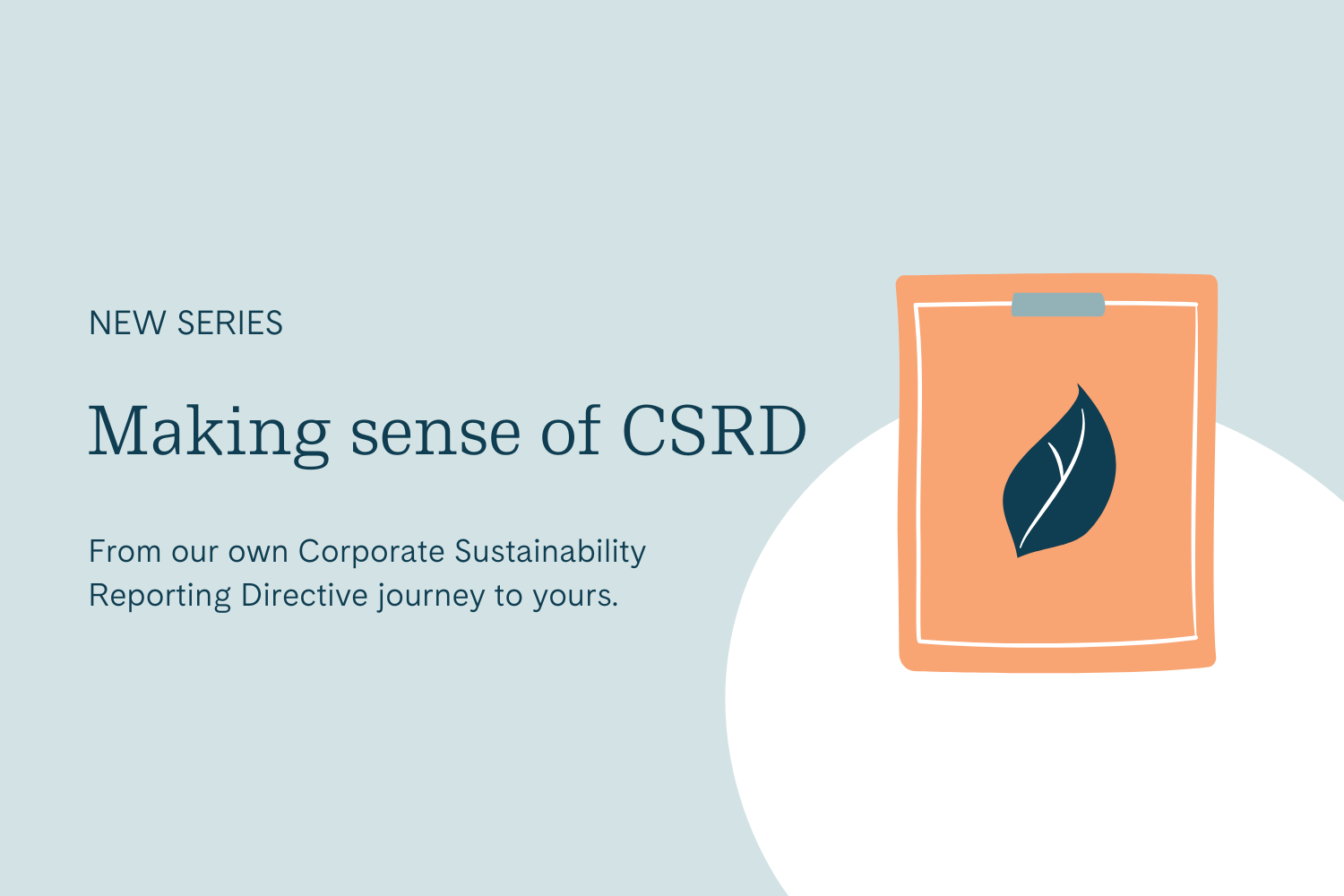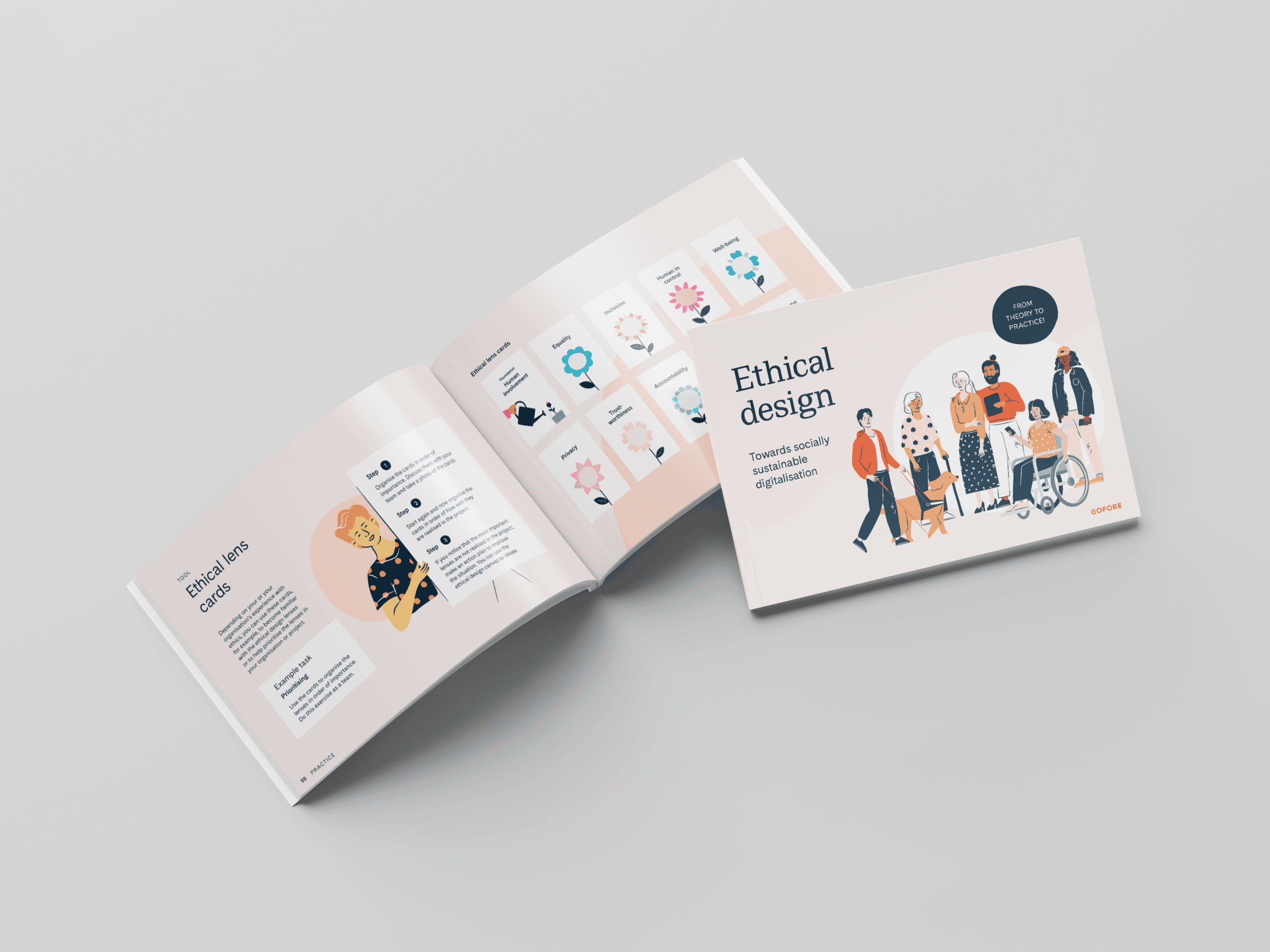A Guide to Environmentally Sustainable Digitalisation
Impactful Design & Development Opportunities
We invite you to contribute to the sustainable digital transformation.
Smart business is planet centric. This toolkit is put together to help you to incorporate sustainability improvements into the different areas of digitalisation:

The Issue
Desirability, viability and feasibility is not enough!
We must also consider the broader scale planetary impact. When taking a wider perspective we quickly realise that there’s significant blind spots in the system. If we design only for a small part of the human spectrum and often with profit and constant growth top of mind, we will inevitably create undesirable consequences for the future.
Regenerative thinking combines practices such as circular design, systems thinking, behavioural design and futures approach. It has two lenses:
- Social responsibility is about designing products and services that profitably serve a need, with a positive impact on all stakeholders along the supply chain and society, without harming any humans or animals.
- Environmental sustainability takes the planetary boundaries into account by utilising circularity and clean energy while avoiding the exploitation of scarce natural resources.
In this material, the focus is on our precious planet Earth. However, it’s worth highlighting that social responsibility is equally essential; only a wellbeing and flourishing society is capable of making the change.
We are living in a decade where science and technology have brought tangible changes to every aspect of our lives. Simultaneously, climate change and biodiversity loss have accelerated at an unprecedented rate. This presents a crucial challenge for businesses to future-proof their strategies and operations.

Explore the toolkit
Guidance towards environmentally sustainable digital solutions
As every project is different, these checklists are not a static set of rules. They are an invitation to ponder and reflect on how to build a future-proof digital world. Your task is to evaluate and utilise the items that are most essential for your current needs. Make use of our tools in both planning and everyday work!
This is for anyone working with digital service creation and feels passionate about becoming part of the solution
Planetary Service Design
Service design through a planetary lens to also address the environmental challenges such as climate change, biodiversity loss, deforestation, and pollution when developing.
Conscious Digital Design
Creating eco-friendly digital products and user experiences that promote sustainable choices e.g. quick and honest user paths, reducing energy consumption and addressing ethical concerns.
Energy Efficient Coding
Encouraging practices to reduce energy consumption, minimise carbon emissions and optimise resource usage throughout the software development lifecycle.
Green Cloud and Data Centers
Guiding towards environmentally sustainable practices in the operation and management of cloud computing infrastructure and data storage systems.
Get Your Copy of the Toolkit
Yes, we’re interested in who’s interested. Please fill the form and you’ll get the goodies.
Let us know if you’re interested in cooperation and we’ll reach out to you!

meet the team
The Driving Forces and Creators of This Toolkit
From left to right:
Susanne Miessner, Service and Data Designer
Happy to finally transfer personal beliefs into her work life by creating a tool to help herself and others to make better, environmentally considerate decisions.
Anna-Kaisa Varjus, Senior Service Designer & Sustainability Lead
AK is passionate about envisioning alternative sustainable futures and exploring how life-centered-design, circularity and regenerative thinking can play a role in making them a reality.
Milla Poikolainen, Senior Designer
As a keen sustainability advocate, her missions include reducing the environmental impact of digital services by either helping agile teams work toward common sustainability goals or creating innovations for a sustainable future.
Teemu Erkkola, Software Architect
Having always been interested in optimisation and efficiency of technical systems, Teemu’s natural tendencies work well with green coding, architecture and building technical foundations for measurable change.
Aino Suomela, Software Developer
Interested in the practical, everyday solutions and building sustainable software, Aino wants to shed light into sustainable software development practices and highlight the role developers have in creating a sustainable future.


